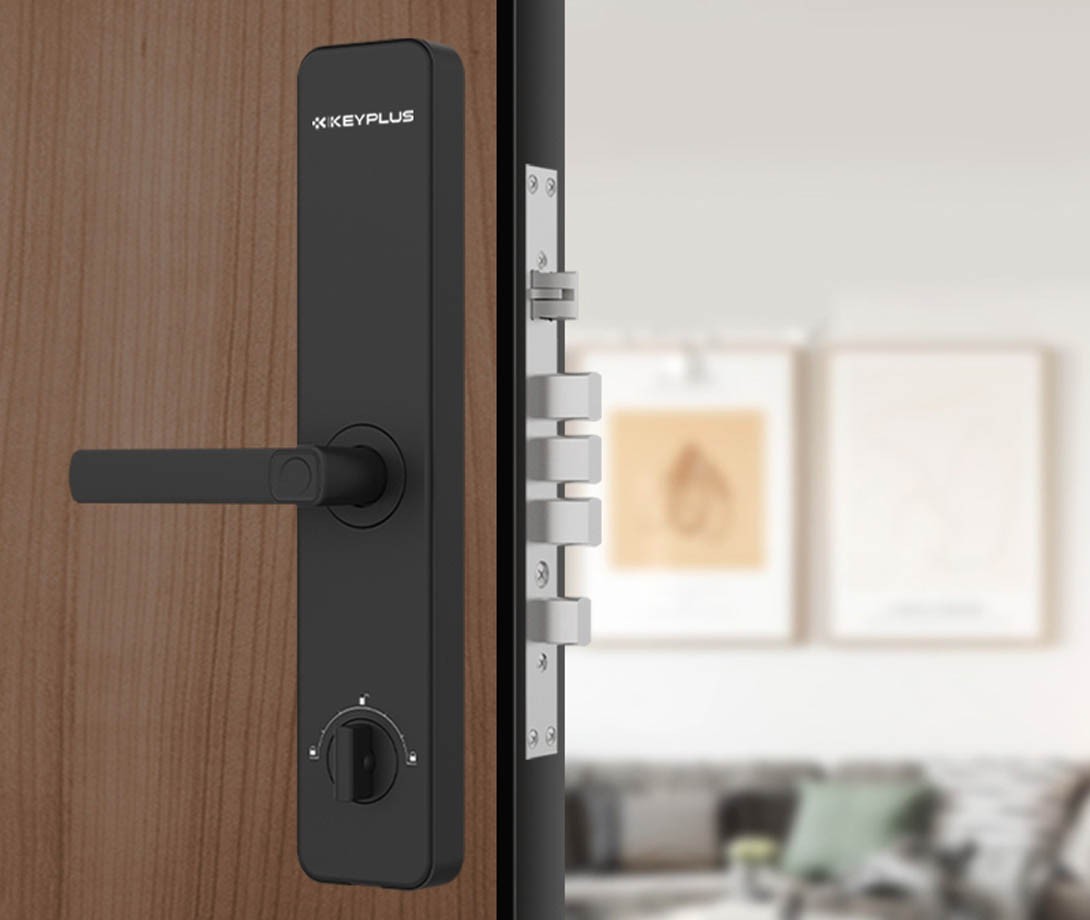Do Digital Locks Need Wi-Fi?
As smart home technology becomes more popular, many Americans are considering upgrading to digital locks for convenience and security. But one common question is: Do digital locks need Wi-Fi to work?
The short answer is no—not all digital locks require Wi-Fi, but some features depend on it. In this guide, we’ll break down how digital locks function with and without Wi-Fi, the pros and cons of Wi-Fi-enabled models, and the best options for your home.
How Do Digital Locks Work? (With or Without Wi-Fi)
Digital locks (also called smart locks) use electronic mechanisms instead of traditional keys. They can be controlled via:
- Keypads (PIN codes)
- Smartphone apps (Bluetooth or Wi-Fi)
- Fingerprint scanners
- RFID cards or fobs
- Voice assistants (Alexa, Google Assistant, Siri)
While Wi-Fi enables remote access and smart home integration, many digital locks operate without an internet connection.
Digital Locks That Do NOT Need Wi-Fi
If you prefer a simple, reliable keyless entry without Wi-Fi, these locks still work great:
1. Bluetooth-Enabled Smart Locks
- How they work: Connect directly to your phone via Bluetooth (range: 30-100 ft).
- Pros:
- No Wi-Fi needed for basic unlocking.
- More secure (no hacking risk from the internet).
- Longer battery life (no constant Wi-Fi drain).
- Cons:
- Can’t control remotely when away from home.
- May require a Wi-Fi bridge for remote access.
2. Keypad Locks (Standalone Digital Locks)
- How they work: Use a PIN code to unlock—no internet or smartphone needed.
- Pros:
- No Wi-Fi dependency.
- Simple installation (battery-powered).
- Great for rentals or shared access.
- Cons:
- No remote access or alerts.
3. Fingerprint & RFID Locks
- How they work: Use biometrics or key cards—no internet required.
- Pros:
- Fast, keyless entry.
- No Wi-Fi needed.
- Cons:
- Limited user slots (for fingerprints/cards).
Digital Locks That DO Need Wi-Fi (For Full Smart Features)
If you want remote access, voice control, and real-time alerts, you’ll need a Wi-Fi-enabled smart lock.
How Wi-Fi Enhances Digital Locks
Remote Lock/Unlock (from anywhere via an app).
Guest Access (send temporary digital keys).
Real-Time Alerts (get notifications when someone enters).
Smart Home Integration (works with Alexa, Google Home, Apple HomeKit).
Pros & Cons of Wi-Fi vs. Non-Wi-Fi Digital Locks
| Feature | Wi-Fi Smart Locks | Non-Wi-Fi Digital Locks |
|---|---|---|
| Remote Access | Yes (from anywhere) | No (Bluetooth = short range) |
| Voice Control | Works with Alexa/Google | No |
| Security Risks | Potential hacking (rare) | More secure (local only) |
| Battery Life | Drains faster (Wi-Fi always on) | Longer (no Wi-Fi drain) |
| Installation | Easy (usually battery-powered) | Easy |
Do You NEED Wi-Fi for a Digital Lock?
It depends on your needs:
✔ Choose a Wi-Fi lock if:
- You want to control your lock remotely.
- You like smart home automation (voice commands, routines).
- You need guest access (e.g., for Airbnb or cleaners).
✔ Choose a non-Wi-Fi lock if:
- You just want keyless entry (no remote features).
- You’re concerned about privacy/hacking risks.
- You live in an area with poor Wi-Fi signal.
Final Verdict: Wi-Fi or No Wi-Fi?
Most digital locks don’t require Wi-Fi to function, but adding Wi-Fi unlocks advanced features. If you want maximum convenience, a Wi-Fi smart lock is the best choice. If you prefer simplicity and security, a Bluetooth or keypad lock works just fine.
Post time: Apr-26-2025


